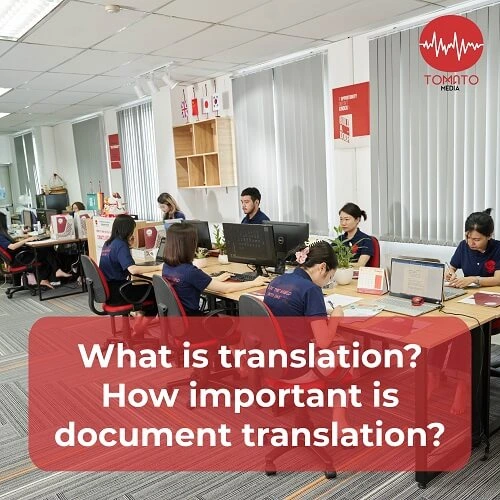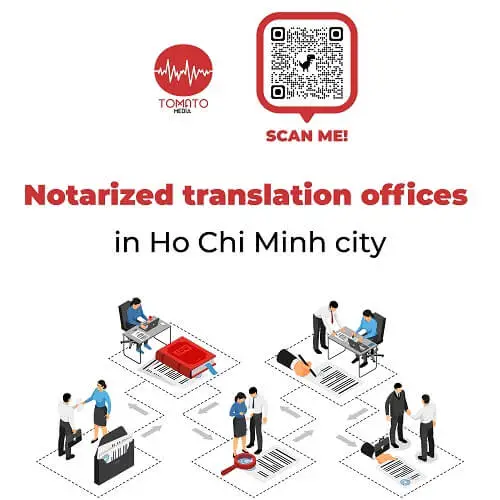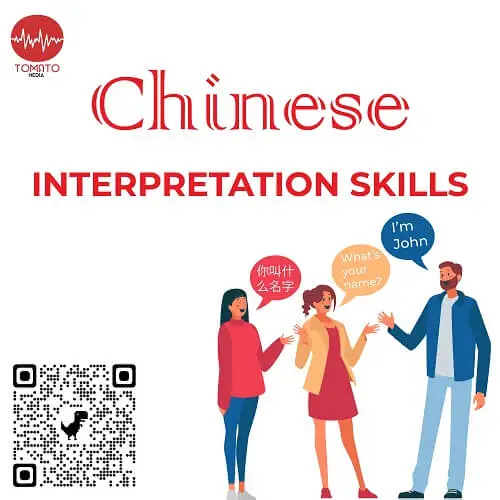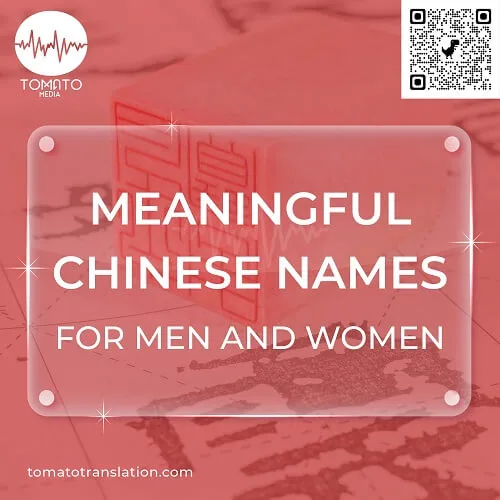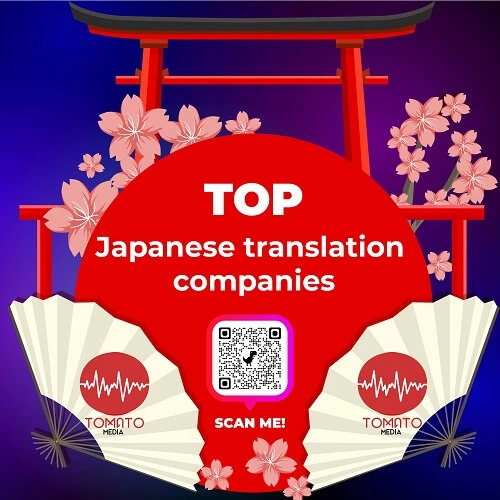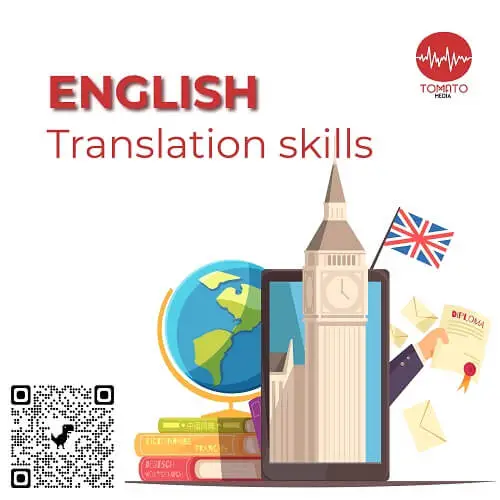The translation is a profession that requires high accuracy for each sentence. Translators must not only respect the message of the original language but also present the translation in a way that is “closest” to the culture of the source language, helping readers to understand and receive new information easily and conveniently. What is translation [...]
Standard Translation Process for accurate translation quality
Translation is not a strange service for enterprises with foreign elements. To ensure that documents are used internally or transact with customers to ensure professionalism and accuracy, businesses need to outsource specialized personnel who are fluent in foreign languages to process documents.
Why can a reputable corporate company guarantee 100% accurate translation of corporate documents? The answer lies in the translation process is strictly controlled by skilled personnel.
At Tomato Media, the standardized translation process according to the international ISO 9001:2015 standard is recognized globally.
NỘI DUNG (CONTENT)
Below is the 7-step translation process at Tomato Media ISO 9001: 2015
The 7-step translation process at Tomato Media meets ISO 9001:2015 – International Quality Management System:
1- Receive project information:
Personnel in charge of receiving information requested from customers, conducting preliminary analysis of documents, specialized terminology. In this step, staff can make quotation for reference and come to translation agreement.
The project manager chooses the appropriate translator for the project. External translators are fluent in foreign languages, need to match the requirements of experience in document handling.
2- Prepare to compile:
The assigned person captures the content of their tasks, reads the documents, identifies the majors and estimates the completion time, and allocates the time appropriately. If there is any unknown problem or need to change, it will be discussed with the project manager.
CTV will create the glossary and send it to the project staff. The person responsible for editing will pass the collaborator’s glossary.
3- Transfer:
Translators use CAT tools, Trados, …
The translator uses words in the glossary and translates documents according to the assigned schedule. During the translation process, if there is any problem, it is necessary to promptly consult the project leader or the Editor to find solutions.
After the translation is completed, the translator can read and re-check, correct errors in sentences, grammar, spelling, …
The project manager will pass the translation to the editor in charge.
| TOMATO MEDIA achieves the globally recognized ISO 9001:2015 certificate | Professional – Accurate – Prestige |
4- Edit (Edit)
The person assigned to edit will read and check the suitability of the translation against the requirements of the project and compared with the original document, check in terms of usage terms, words, grammar, calculation consistent, spelling …
The editor directly corrects or guides the translator to correct any errors raised.
The Project Manager will move the Revision to the next step.
5- Proofread specialized (Proofread)
Person assigned to assess reading and checking in terms of the specialized terminology used in the translation.
The verifier directly fixes or guides the translator to correct any errors raised.
6- Format document (Format)
DTP specialist (Electronic Publishing) will format the translation in the original format (or according to the customer’s request).
7- Final check
Project manager reads and checks for the last time the suitability of the translation compared with the original document, checks in terms of use terms, words, grammar, consistency, spelling, text format … That transferred the inspection department head for confirmation.
After the inspection is complete, the complete document will be delivered to the customer. Customer reviews the translation and gives feedback.
With 7 steps of the translation process as above, the translation of the business is processed and transferred and evaluated with at least 4 personnel in charge to ensure 100% accuracy.
In fact, many businesses subjectively hand over documents to inhouse employees who are fluent in foreign languages or freelance employees. Comparing with a standardized process of a reputable translation agency as above, surely it is not difficult to judge where it is worth putting more trust.
Enterprises that want to ensure the quality of translated documents need to work with a reputable translation company like Tomato Media. Most businesses choose other third parties due to low costs, however, considering the economic problem, handing documents to the translation company minimizes the risk that you can lose more when encountering errors in translation.
Maybe you are interested:
Professional technical translation multi-language, fast and highly accurate
The notarized translation process in Tomato for your reference
The following is the reference notarized translation process at Tomato Media:
- Step 1: Customer’s requirements
- Step 2: Assign to Tomato translators
- Step 3: implement translation services
- Step 4: Proofreading
- Step 5: Formatting
- Step 6: Notarization
- Step 7: Hand-over
What translation methods can this translation process apply?
The method of translation is how to perform translation according to a certain plan. There are eight methods of translation, namely:
- (1) Word-to-Word
- (2) Literal
- (3) Faithful
- (4) Semantic
- (5) Adaptive
- (6) Free
- (7) Idiomatic
- (8) Communicative
Semantic and communicative methods are often considered to best meet the objectives of accuracy and effectiveness in translation.
In addition to the translation process, what factors are needed to ensure the quality of the translation?
In addition to the need for a consistent international standard translation process, ensuring the quality of the translation also requires many factors. Refer to the elements we have compiled:
- First factor: the translator must pay attention to the context of the two languages. There are many different meanings and connotations in different languages. The translator must have enough vocabulary in both languages.
- Second factor: the translator must have a comprehensive knowledge of the grammar of both languages—both the source language and the language in which the translation will be made. It happens that some words in the original text fall out of context due to spelling errors. The translator must identify this error and, if necessary, correct it.
- Third factor: You should be especially careful when translating from English – ask which region the text stems from The fact is that American and British English differ very much not only in pronunciation, which everyone knows, but also in spelling.
- Fourth factor: the translator must pay attention to the constant meaning of phrases and idioms. Some common proverbs, sayings, or expressions often cannot be translated literally.
- Fifth factor: you should take into account the peculiarity of punctuation because the meaning of a phrase or sentence is not always the same if certain punctuation marks are used or are not used.
- Sixth factor: translation quality is influenced by the translator’s level of understanding of the source language. Constant improvement of language expertise helps ensure the quality of the translation.
- Seventh factor: usually used by the best translation agencies: the translator must be an expert in the field they are translating (medicine, economics, technology, etc.). In less professional contexts, translators should have at least a fundamental understanding of the subject, which will help them avoid errors even when translating texts that require specialized knowledge.
Frequently asked questions related to the translation process
The following are frequently asked questions regarding the translation process that we compiled:
How long does the translation process take to complete?
Delivery time depends on the required volume of translation documents. We will also suggest the completion date at the estimated time. For standard-process translations, a minimum of 1-2 working days is required. If the amount of translation content is large, it is possible to divide the work among many translators to shorten the delivery time. It can be gained thanks to our two service options: Express and standard. Please contact us if you are in urgent need!
How much will it cost to complete the translation process?
Request a quotation for free. If you already have the material available, we will recommend the cost and delivery date within 15 minutes to 2 hours, based on the material content. If the document is being built, we will make a proposal based on the expected volume (file format, page number, etc.) after completion.
What is the cost structure for the translation process from start to finish?
The cost is determined by the number of characters (or words) in the original text and the language to be translated. If DTP work is required, a separate fee will be charged, so please contact us to find out the correct translation quotation for your project.
How does the translation process affect consistency in translation?
Consistency is the main thing that should be taken care of in translation. To ensure this, each translation project needs to follow a uniform translation process that meets the international ISO 9001:2015 standard for quality management systems. Changes that occur during translation due to the methods, procedures, and techniques applied must ensure that:
- The function and general meaning of the text do not change.
- The reference meaning of the word needs to be applied synchronously. The translator must identify and address incorrect, discrete, and unclear elements.
| Ready to get started? |
Have a large project? |
| GET A QUOTE | ✉ CONTACT US |



